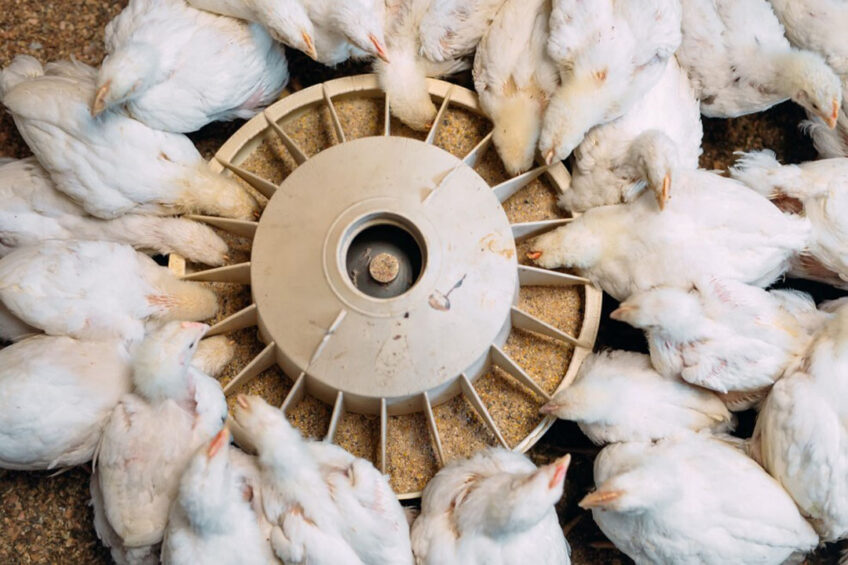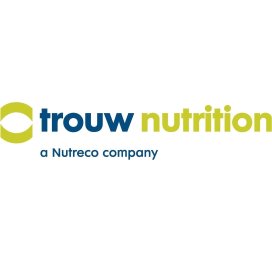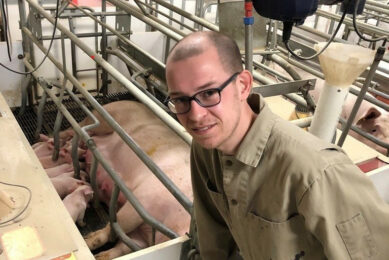Least cost formulation: definition remains, inputs change

Raw material availability, nutrient understanding and legislation over the last 25 years have changed how we formulate animal diets. Two feed formulation experts, with many years of experience at Trouw Nutrition, reflect and give a glimpse of future feed formulation.
The definition of Least Cost Formulation (LCF) is fulfilling the nutrient requirements of animals (minimum or maximum) given the nutrient values of the available ingredients and the prices of these ingredients. This mathematical concept has not changed over the last decades and is the backbone of feed formulation worldwide.
However, we are dealing with an ever-increasing number of factors that play a role when we formulate animal diets. At the same time, the science of nutrients and their characteristics and interactions has evolved alongside our knowledge of animal requirements. Nutritionists also have access to better LCF software and animal models than they did 25 years ago.
“The number of derived nutrients that we use to formulate least-cost diets is growing.”
New nutrients to the mix
Jésus Lizaso, director of nutrition, formulating and quality at feed producer Nanta (part of Trouw Nutrition Spain) has been in the animal nutrition business for over 35 years and was even involved in the first trials with the feed enzyme beta-glucanase in Spain in 1988.
“The use of enzymes was new at the time and has made huge improvements in LCF ever since. Beta-glucanase, phytases and other enzymes have allowed us to increase digestibility and efficiency, reduce dependency on exogenous feed phosphates and the usage of more diverse types of ingredients in the formulation. It did not change the concept of LCF, but over the years, the number of feed ingredients and ‘derived nutrients’ used in our calculations did change,” he explains.
Enzymes, he says, are now a standard part of monogastric diets, but the number of derived nutrients is growing. “For example, we used to formulate with crude fibre, and then we introduced ADF (Acid Detergent Fibre) and NDF (Neutral Detergent Fibre). Now we are discussing kinetics for fibres and protein, which means that we now use the new nutrients called rapid, slow and resistant fibres and protein.”
Lizaso continues to say that there are also more developments coming around using net energy for poultry and using digestible calcium levels. “This is a great development and leads to more precision formulation and more sustainable diets.”

Rumen health more in focus
While LCF is used in both monogastric and ruminant diet formulations, the inputs and challenges may vary. Willy Nielen, formulation and nutrition manager at Trouw Nutrition, has been working on formulations for all species for over 35 years with a strong focus on ruminant nutrition in recent years.
“We have gained a lot more knowledge on dairy cow nutrition and learned, for example, that enzymes don’t work for cows,” says Nielen, adding that major steps have been made in our understanding of the rumen (and the formation of microbial protein and volatile fatty acids among others).
“Rumen optimisation has therefore become more centred in LCF for ruminants. At Trouw Nutrition, we work actively on this based on the ratio of carbohydrates and protein supplied to the rumen, but also the availability at certain moments because not all protein and carbohydrates have the same speed of degradation. Legislation also forced us to maximum or minimum levels of certain ingredients, such as protein,” he says.
According to Nielen, there are also more ingredients such as by-products that we can use. “Yet, there are variables that we cannot fully control in dairy farming. We calculate the most optimum ration based on milk production, milk solids content – milk fat and milk protein – bodyweight, and management inputs, such as feeding regimes and type of feeding system. Yet, we must work with a lot of variables, such as different calving and grazing systems and the daily dry matter intake of cows. We cannot force a cow to eat 2 kg more if we want to. We also do not see the impacts of changing a diet straight away, compared to pigs and poultry, where changes are more apparent and reflected in growth levels.”
“LCF in ruminants can be complex, as we are dealing with a lot of variables on a dairy farm.”
Balancing for sustainability
The evolution in nutrient science and LCF is the result of changes in the livestock and feed sectors. Animal genetics of both pigs, poultry and dairy cows have changed over the last 25 years, and with that, changing nutritional requirements of these animals.
“We also have better LCF software that allows us to optimise multiple diets – multi blend – at the same time instead of single mix and do it much faster,” Lizaso explains. “Furthermore, we can now run the diets in optimisation (animal) models such as Watson to better predict outcomes. This allowed us to become more accurate, which is a huge benefit. But we also must adjust more often, which makes it more complex than 25 years ago.”
“In the coming years, the sourcing of sustainable feed ingredients and considering the carbon impact of certain ingredients in feed formulation will become more important and can be a challenge at the same time. This means that LCF will be based on more inputs than before, and sustainability is one of them,” notes Lizaso.
Wielen adds that we can also improve on nutrient balancing, such as balancing on available or digestible amino acids on intestine level and lowering the protein content to balance on phosphorous level. But can we also expect real big changes in LCF in the future?
Lizaso sees potential in combining LCF with other types of models in the future. “What if we can combine even more data that have an influence on nutritional requirements and diets, such as weather conditions, complex nutrient interactions and farming conditions? We cannot currently integrate these factors in LCF calculations. Maybe we will have one integrated model one day. That could potentially be the next step in LCF and (sustainable) precision formulation,” Lizaso concludes.






